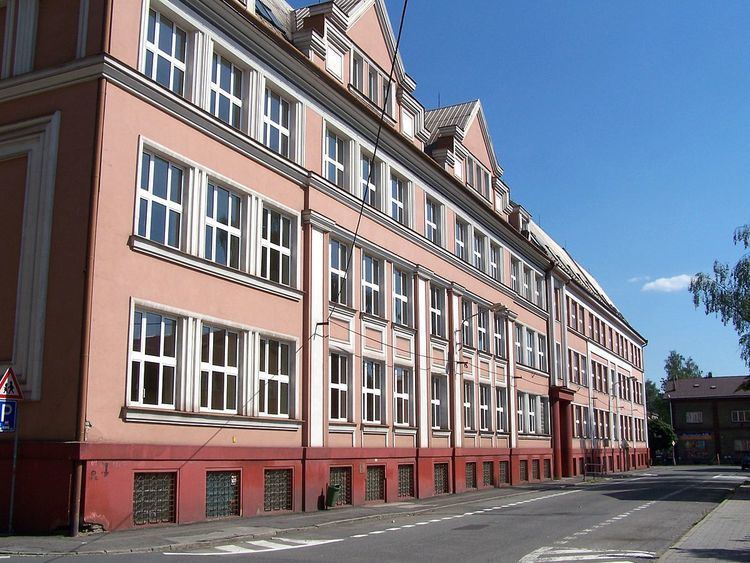 | ||
A primary school or elementary school is a school in which children receive primary or elementary education from the age of about five to twelve, coming after preschool and before secondary school (in some countries there is an intermediate stage of middle school between primary and secondary education). In most parts of the world, primary education is the first stage of compulsory education, and is normally available without charge, but may be offered in a fee-paying independent school. The term grade school is sometimes used in the US though this term may refer to both primary education and secondary education.
The term primary school is derived from the French école primaire, which was first used in 1802.
In the United States, "primary school" may refer to a school with grades Kindergarten through second grade or third grade. (K-2 or 3). In these municipalities, the "elementary school" includes grade three through five or grades four to six.
In some places, primary schooling has historically further been divided between lower primary schools (LP schools), which were the elementary schools, and higher primary schools (HP schools), which were established to provide a more practical instruction to poorer classes than what was provided in the secondary schools.
